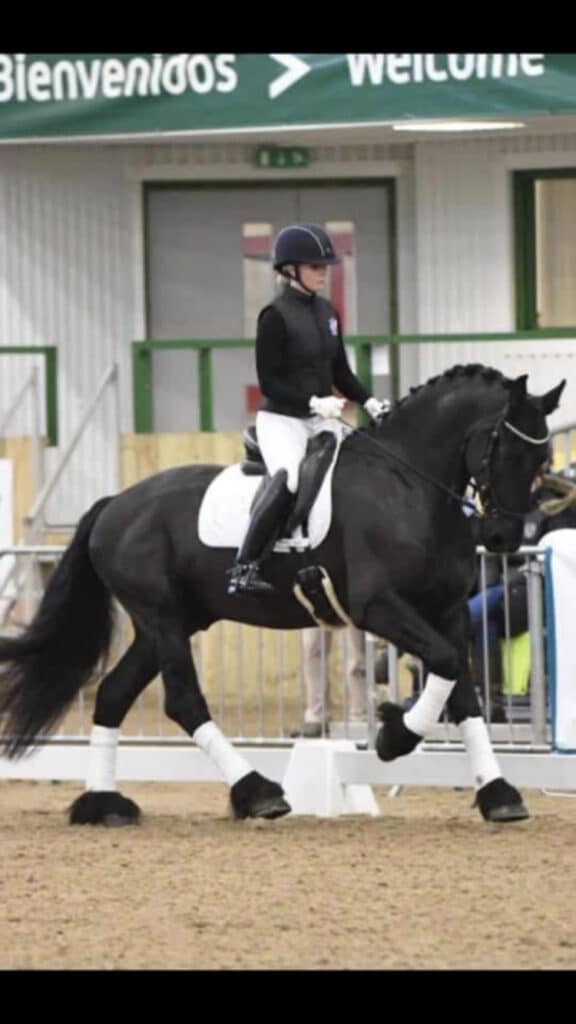Performance & Fittening, Training and Management
Success comes in many shapes and sizes
Liz Eaton BHS Performance Coach, explains how understanding biomechanics and conformation can be the key to success
Tennis players fascinate me. Before you jump to conclusions, let me just clarify that it is purely professional (well mostly). They are consummate athletes, having to possess strength, stamina, agility, speed and a huge skill set. Unlike so many other sports there is no stereotypical player. Amongst both men and women, there are tall and short, those who look like ballet dancers and others more like body builders. Some move around the court with long graceful strides, while others are quick and nimble. Technically some use power, others rely on precision. Any of this sounding familiar?
So, how can such a physically diverse group of individuals all succeed at the same sport? While the aim of producing the winning shot is the same for all, how that is achieved will vary greatly. The physique of the player will be very influential on how he hits the ball. The centre of gravity and length of the limb, for example. Any of this sounding familiar? 😁
The key to success is finding a way to bring the best out in the individual. Understanding the principles of biomechanics and conformation, together with an eye and a feel for balance, the coach can adapt the training to build on the natural strengths. Weaknesses can then be addressed in a progressive way, to create permanent change in the neuropathways and muscle memory.
I am sure by now you have guessed where I am going with this. Both riders and their equine partners come in all shapes and sizes. Even though we search for certain qualities in the discipline specific horse, we still see variations in conformation that need to be taken into account when training. As you will be aware this is an enormous subject, that cannot be covered in a short article but, I would like to guide you with a few principles and give you some food for thought.
The first reason to evaluate conformation is for health and soundness. Well obviously – I hear you cry, but is it that simple? There are certain weaknesses that are easily observed such as sickle hocks and long sloping pasterns or, small boxy feet and upright shoulders. However, there are more subtle indications of potential problems, often missed because the horse appears athletic and catches the eye. Does the frame match that extravagant stride? Is the hind end correct enough to support the natural uphill front? Or, does the forehand have the potential to develop enough to cope with the powerful hindquarters? See my first article on the thoracic sling. https://www.thehorsehub.co.uk/post/how-to-create-lift-and-impulsion

The second reason to evaluate conformation is for training (sorry if I am teaching granny to suck eggs here – where did that saying come from?!) As I have discussed in my previous articles understanding balance is key to developing a horse athletically and, the key to understanding a horse’s balance, is to evaluate his conformation. Where is his natural centre of gravity and, what puts it there? How do the length of his limbs and angles of his joints influence his range of movement? Where does he naturally anchor himself when he loses balance and, why does he use that part of his body?
So, this brings me back to the tennis players. At the top level it is small margins that make the difference between winning and losing. A coach or trainer, who can see how to make subtle changes to balance and movement is a valuable asset. It’s the same for the horse. I know many who have been written off as untalented simply because no one had taken the time to study them, and adapt the training to help them be the best they could be. Equally, by following these principles we can help the horses who have physical problems to find a way of going, which is correct and comfortable for them. And last but not least, even the Serena Williams’ and Rafael Nadals’ of the equine world, need this approach to get to the pinnacle of their discipline and, to stay there for any length of time.
